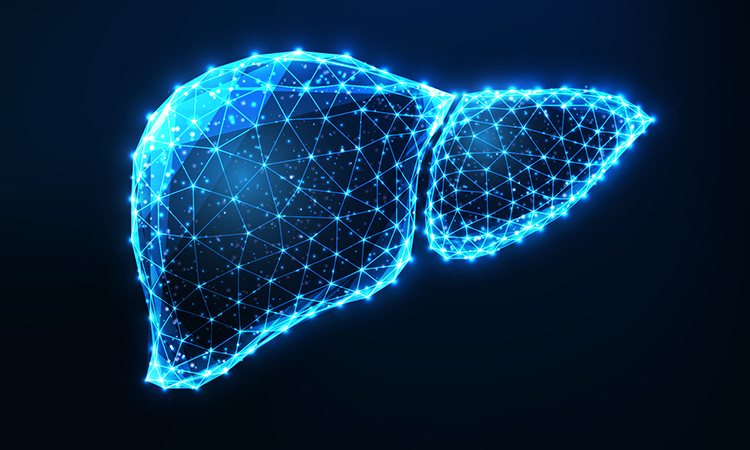Drug development in stem cell-derived liver organoid models
Posted: 22 June 2021 | Dr Takanori Takebe (Cincinnati Children’s Hospital) | No comments yet
To ensure that new drugs are effective and have as little toxicity as possible, they first need to be tested in model systems before entering clinical trials. In this Q&A, Dr Takanori Takebe outlines his research into liver organoids derived from stem cells that can be used to test new drugs as well as advance personalised and precision medicine.


Ensuring that the drugs that reach clinical trials will be effective in humans and not induce any side effects is no small task. However, progress has been made in creating organoids that replicate human processes. Using stem cells, Dr Takanori Takebe and his team from Cincinnati Children’s Hospital are developing liver organoids that could guarantee a smooth transition from pre-clinical research to clinical trials.
Why have you focused your research on liver organoids derived from stem cells?
One of the most important aspects of the pre‑clinical drug discovery process is to evaluate the influence of the human metabolism, as well as toxicity or potential side effects. This is also important for later pharmaceutical development processes. These studies are often conducted in animal models and are not able to replicate some of the critical reactions that we see in human conditions. Other research is explored through biochemistry-based assay systems or primary human hepatocytes, which are very hard to obtain from humans in stabilised quantities.
Related topics
Drug Development, Induced pluripotent (iPS) cells, Organoids, Precision medicine, Screening, Stem Cells
Related conditions
Covid-19, Dementia, Gastrointestinal disease, Non-alcoholic steatohepatitis (NASH), Type-2 diabetes
Related organisations
Bit Bio


